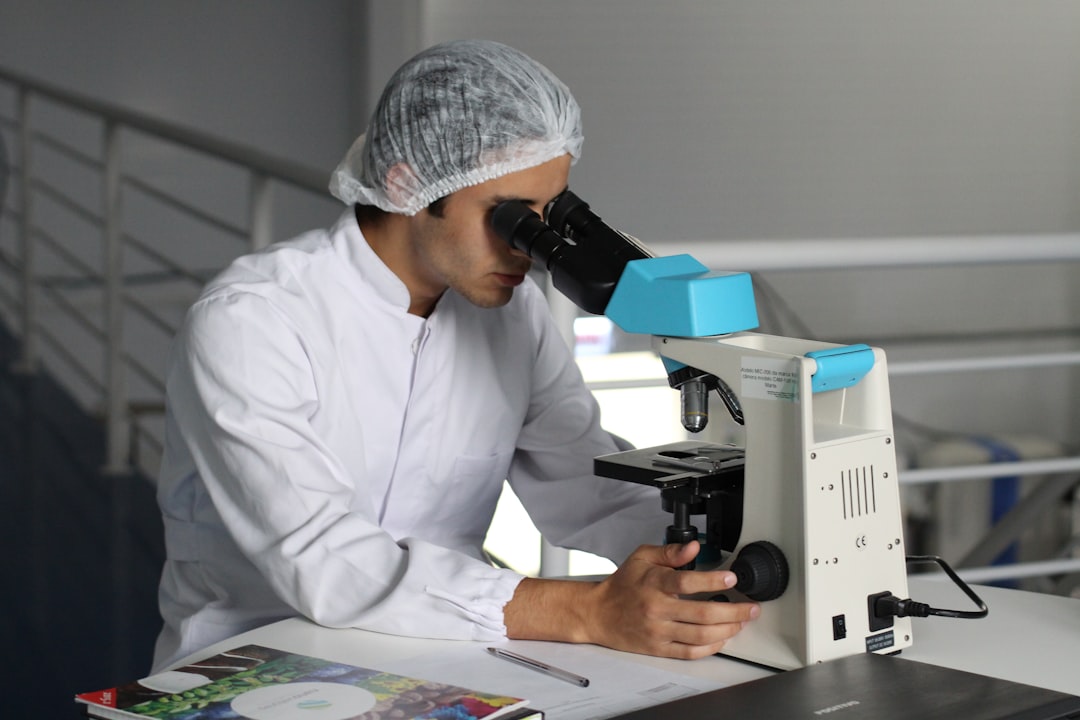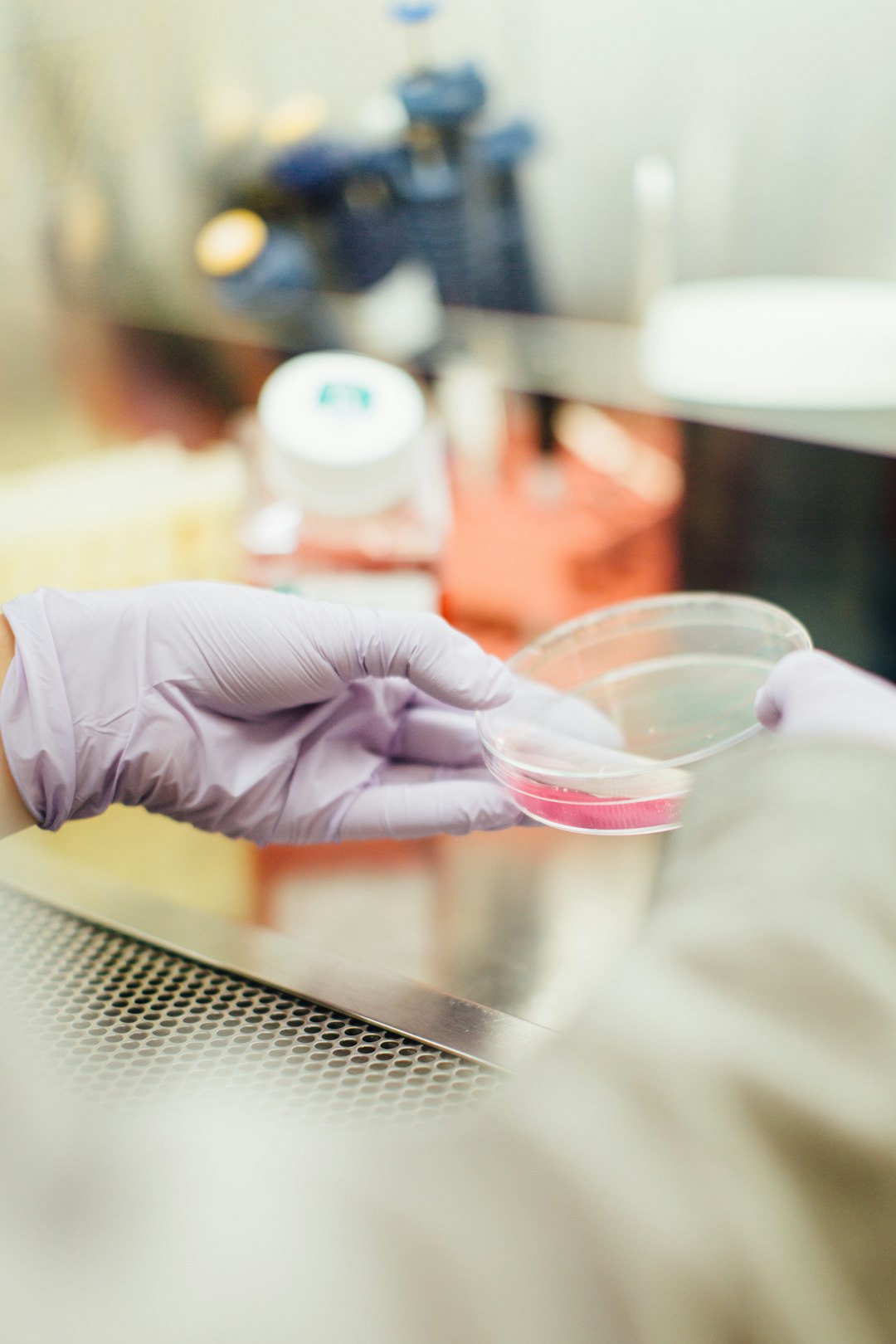Online Science Editor Bethany Harris reports on research led by the University of Bristol into the prevention and reversal of antibiotic resistance...
Antibiotics have long been used as a treatment for bacterial infections. However, with the number of cases of inappropriate prescription and use rising and the growth of global trade and travel, antibiotic resistance is quickly becoming the biggest threat to patient safety in Europe.
Two recent studies led by the university of Bristol shed new light on bacterial resistance mechanisms to commonly prescribed antibiotics, and offer evidence as to how this can be reversed. The results provide significant new hope in the fight against antibiotic resistance and have the potential not only to save lives, but improve healthcare systems by reducing time spent in hospital.
Photo by Lucas Vasques / Unsplash
β-lactams are a group of antibiotics that share a common element in their molecular structure – a four-carbon ring known as a β-lactam. They treat Gram-Positive and Gram-Negative bacteria and include broad spectrum antibiotics such as penicillin’s, cephalosporins and carbapenems. For this reason, β-lactams are the most commonly prescribed antibiotics worldwide. This group of antibiotics is however becoming increasingly ineffective, resulting in minor bacterial infections that could once be treated quickly and easily, developing into persistent infections that are difficult to treat.
In the first study, University of Bristol researchers explored two mechanisms by which β-lactam antibiotic resistance occurs. The first states that bacteria possess the ability to restrict the entry of antibiotics into the cell, rendering them ineffective. The second states that an enzyme produced by the bacteria, known as β-lactamase, acts on the antibiotics by hydrolyzing the four-carbon ring, deactivating the antibiotic’s antibacterial properties. This suggests that by producing chemicals that can inhibit β-lactamase activity, researchers are unlocking the potential to reverse a significant proportion of global antibiotic resistance.
Some of the most resistant bacteria ever seen in a clinic were destroyed.
Reader in Molecular Bacteriology from the University of Bristol’s School of Cellular & Molecular Medicine, and senior author for both studies, Dr Matthew Avison commented:
“Our bacteriology research has further demonstrated that β-lactamases are the real ‘Achilles heel’ of antibiotic resistance in bacteria that kill thousands of people in the UK every year.”
“Structural/mechanistic work on β-lactamase enzymes, including that led by my colleague Dr Jim Spencer, is helping to drive the discovery of wave after wave of β-lactamase inhibitors, including the potentially game-changing bicyclic boronate class, shown to be effective in our research, and recently successful in phase one clinical trials.”
“Two β-lactamase inhibitors have recently been licensed for clinical use: avibactam and vaborbactam. Our work shows that avibactam might more successfully be deployed with aztreonam instead of ceftazidime as its antibiotic partner. We are delighted to see that this combination has entered clinical trials, and has recently saved the life of a patient in the USA who was suffering from a previously untreatable infection.”
“This is an exciting time for researchers studying β-lactamase inhibitors. At the risk of sounding like King Canute, it is the first time for a decade that there is some genuine positivity about our ability to turn back the rising tide of β-lactam antibiotic resistance.”
Featured Image: Unsplash / Ousa Chea











